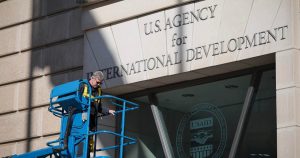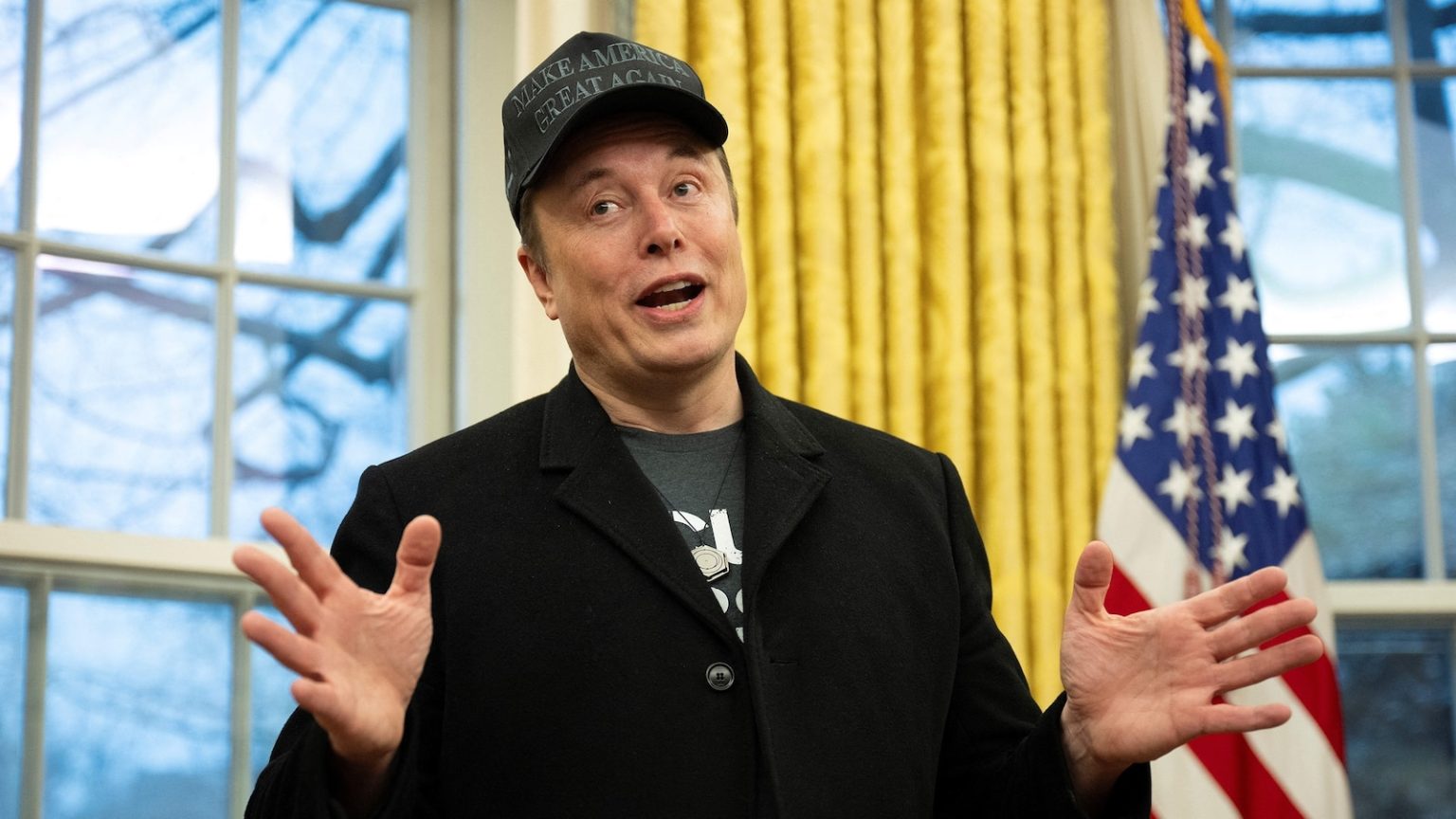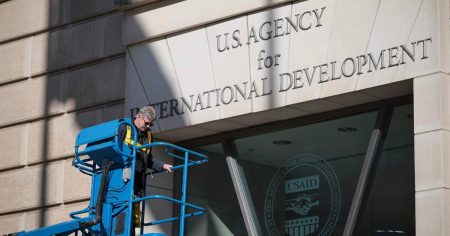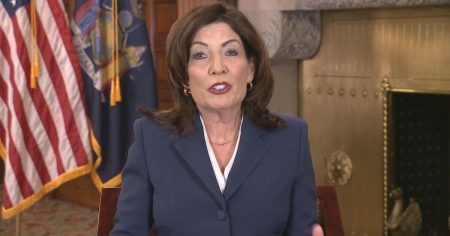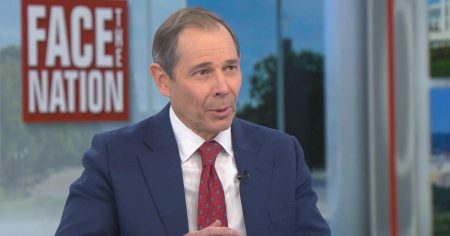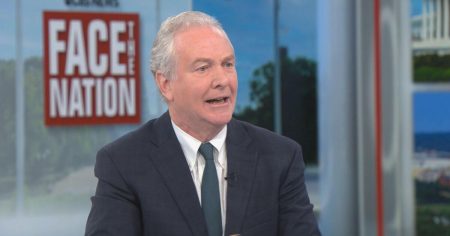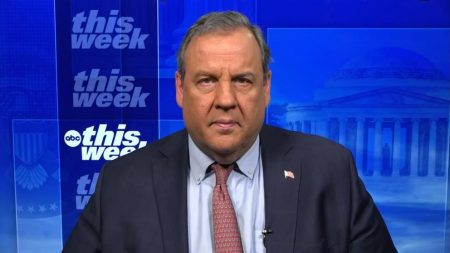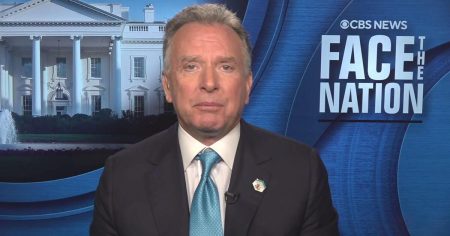Federal Firings and Rehires: A Turbulent Week for Government Employees
Introduction: A Weekend of Confusion and Reversal
The past week has been marked by unprecedented turmoil for hundreds of federal government employees as part of President Donald Trump’s initiative to shrink the federal bureaucracy, a mission undertaken in collaboration with Elon Musk’s Department of Government Efficiency. Over the weekend, numerous workers across several agencies received termination notices, only to have their firings rescinded shortly thereafter. This wave of reversals has left many in the government and the public questioning the efficiency and foresight of the administration’s approach to downsizing. Agencies such as the National Nuclear Security Administration (NNSA), the Department of Veterans Affairs (VA), and the Department of Agriculture (USDA) were among those affected, with employees experiencing a rollercoaster of emotions as their job statuses were abruptly changed—and then changed again.
The National Nuclear Security Administration: A High-Stakes Reversal
One of the most critical agencies impacted by the firings was the National Nuclear Security Administration, responsible for maintaining the U.S. nuclear stockpile. On February 13, hundreds of NNSA employees were fired as part of the Trump administration’s broader terminations. However, the following day, the Department of Energy (DOE), which oversees the NNSA, paused the firings and began efforts to rehire many of the dismissed workers. By Tuesday, only 28 out of approximately 300 fired employees remained unemployed, according to sources. Despite this, internal communications revealed the chaos behind the scenes: an email obtained by ABC News indicated that DOE officials were struggling to contact some critical nuclear workers to inform them of their reinstatement. The agency’s scramble to rehire staff underscores the importance of these employees to national security and the potential risks of hasty downsizing.
The Department of Veterans Affairs: A Crisis Averted
The Department of Veterans Affairs also faced backlash after firing 1,000 probationary employees earlier in the week. Among those terminated were workers associated with the Veterans Crisis Line, a lifeline for veterans in distress. Senator Tammy Duckworth (D-IL) brought attention to the situation, revealing that some of these employees had been rehired after she intervened. Duckworth, joined by Senator Richard Blumenthal (D-CT), emphasized the critical role these workers play in supporting veterans and expressed relief that some had been rehired. The VA’s reversal highlights the challenges of balancing budget cuts with the need to maintain essential services, particularly those that directly impact vulnerable populations.
The Department of Agriculture and Health and Human Services: Swift Reversals
The Department of Agriculture experienced its own share of turmoil when employees working on bird flu initiatives were notified of their terminations over the weekend. However, the USDA quickly moved to rescind these firings, stating that the situation was being “swiftly rectified.” Similarly, at the Department of Health and Human Services (HHS), approximately 950 employees at the Indian Health Service (IHS) were verbally informed of their layoffs on February 14. Within hours, HHS Secretary Robert F. Kennedy Jr. reversed the decision, and no official termination notices were ever issued. These rapid reversals illustrate the administration’s willingness to backtrack when critical functions or public outcry demand it.
The Administration’s Response: Mistakes or Deliberate Actions?
While the White House acknowledged that some terminations were errors, such as the case of employees who had accepted “Fork in the Road” buyout offers, the administration has been quick to defend its overall approach to downsizing. When asked about the firing and rehiring of nuclear security workers, President Trump dismissed concerns, stating, “No, not at all,” and praised the work of federal employees as “amazing.” Stephen Miller, Deputy Chief of Staff for Policy, also downplayed the chaos, describing the process of firing and rehiring as “pretty standard when you’re downsizing the government.” However, the repeated reversals and the confusion they caused have raised questions about the administration’s preparedness and the potential consequences of its efficiency-driven agenda.
The Human Cost and the Path Forward
The past week has been a stark reminder of the human impact of government decisions. Federal employees, many of whom are dedicated public servants, have faced uncertainty and stress as their job security was thrown into question. While some have been rehired, others remain in limbo, and the broader implications of the administration’s downsizing efforts are still unclear. As the Trump administration and DOGE continue their mission to reduce the size of the federal government, the focus must remain on ensuring that such actions do not compromise critical functions or disproportionately harm vulnerable populations. The coming weeks and months will reveal whether the administration can achieve its goals without further destabilizing the workforce or the essential services it provides.
Conclusion: A Call for Transparency and Accountability
The recent wave of firings and rehires has sparked widespread concern among lawmakers, federal employees, and the public. While the administration frames its actions as necessary steps toward a more efficient government, the turbulence of the past week highlights the need for greater transparency and careful planning in implementing such measures. As the situation continues to unfold, one thing is clear: the balance between reducing bureaucracy and preserving essential government functions is a delicate one. Moving forward, the administration must prioritize accountability and ensure that its efforts to streamline the federal workforce do not come at the expense of critical services or the dedicated individuals who provide them.


